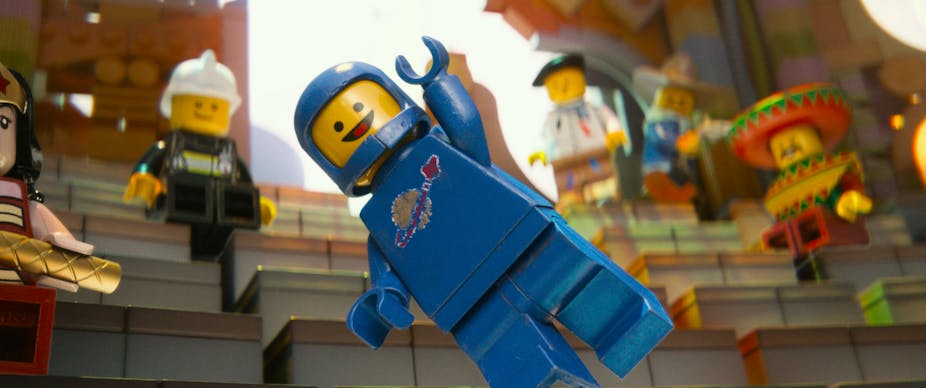Thanks to the release of The Lego Movie – which opened in the US to huge acclaim on February 7 – the Danish toy company looks set to extend its “brand connection” to generations of families, even further than it had before.
But Lego is not the only brand that will be keen to maintain its currency by connecting with new and ever younger audiences across multi-channels. The much maligned Barbie Doll is still going strong in and out of the home, as is GI Joe.
But how times change. Children are now connecting with virtual toys, apps and games, leaving many of these more tangible toys consigned to the attic.
Emotional connection
Any self-respecting marketer will tell you building a relationship with the customer establishes brand loyalty. For young consumers, including children, doing this through a movie helps establish a positive emotional connection between the brand and themselves.
Two hours of brand advertising and product placement will hopefully lead to long-term brand recall, awareness and liking, so when parents ask their little ones if they want Lego, the answer will hopefully be a “yes!” and not a “no, I want a tablet!”
This emotional connection is important. The more positive the connection, the more likely that an adult consumer will recall that memory in connection to the brand, resulting in the sale of an item, hopefully restarting the cycle all over again with the next generation.
Physical vs virtual
Showing how a product can be used is important. None more so than for kids who are looking at your physical product versus a virtual game that is increasingly becoming more life-like with multiple layers.
The rapid success of bird games for mobile phones such as Angry Birds and Flappy Bird shows exactly what Lego is up against.

Competing against this, by showing young consumers how they can use their own imagination in a variety of scenarios to create their own adventures is important to the success of brands such as Lego against the virtual onslaught.
Transformers is one such brand to leverage off movies to reinvigorate interest in the brand, with the release of four films since 2007. Disney is also constantly introducing new brands to keep the next generation of consumers happy and engaged with the brand.
Movies as a way around brand restrictions
Movies, from a brand perspective, have the ability to expand a product into new markets and cultures where traditional forms of promotion are restricted, regulated or at risk of being lost in translation – just think of emerging markets such as China and India.
Movies can get around these barriers more easily as they aren’t so heavily restricted or regulated as advertising or sales promotions, and can be just as successful at consumer recall as any advertisement.
But in this cynical age, where product placement is more easily spotted than it was years ago, some movies are more subtle than others. It can in fact kill the entire movie experience by having more ad than plot – just ask director Morgan Spurlock who released The Greatest Movie Ever Sold, a documentary about branding, advertising and product placement that is financed and made possible by brands, advertising and product placement.
Brands need to be very careful with young consumers. Lay it on too heavy and parent groups everywhere will inflict more pain on the brand than stepping on a Lego brick at 3am. Too soft and the whole effort goes to waste.
Brands have huge power over us as consumers, but even more so over children. This area of product placement is one that regulators need to keep a close eye on because of the potential harm that can be caused to children who might be exposed to products that are inappropriate for their age.
And then there are products that may harm children in the long term through their ability to recall images about brands that may be unhealthy or inappropriate for them in different contexts, such as alcohol, tobacco or even encouraging poor driver behaviour, such as speeding in cars.
The insatiable need of brands to keep on building themselves up, brick by brick, will see their current expansion across all media channels continuing well into the future.
Further reading:
The Lego Movie builds the case for Australian know-how

